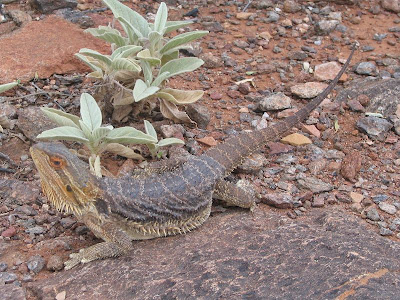We cut across some bare land at the back of the staff quarters
Pro Hart is one of Australia's most popular and controversal artists. His works have been exhibited all over the world. He was a miner for years and began painting to keep himself sane after long hrs underground.
His creative imagination moved him to explore many mediums.
He worked on prints and ceramics, bronze and silver casts then on to large scale steel sculptures.
His other passions were pistol shooting,weight lifting, motorbikes and vintage cars.
These Rolls Royces were amazing, particularly the artworks on the one seen below
He died in 2006 having produced 1000's of paintings.. Quite incredible as he started painting later in his life.
After perusing this gallery we cut across some vacant land to get to Whites Museum. There are lots of sunflowers around at present
This is a family gallery and museum which features a walk-in mine on the surface, with a tour and video of the history of the Broken Hill mining, exhibits of mining equipment, models of mining structures and pictures using
the minerals as the medium
These a a few of the dolls of the Doll and Bear Display




















































